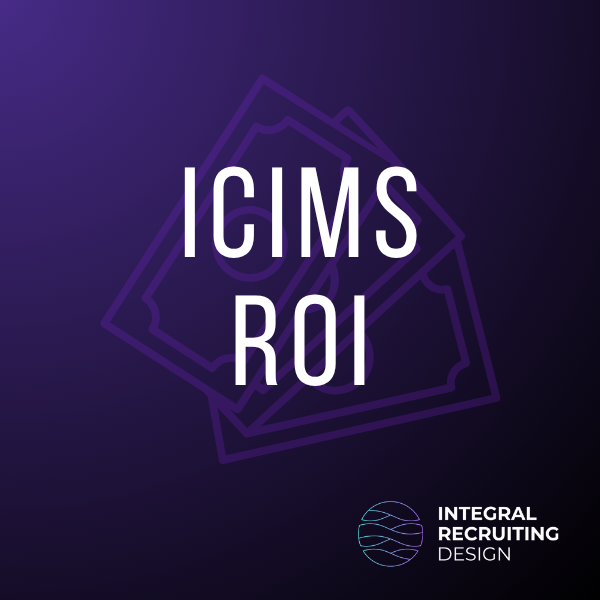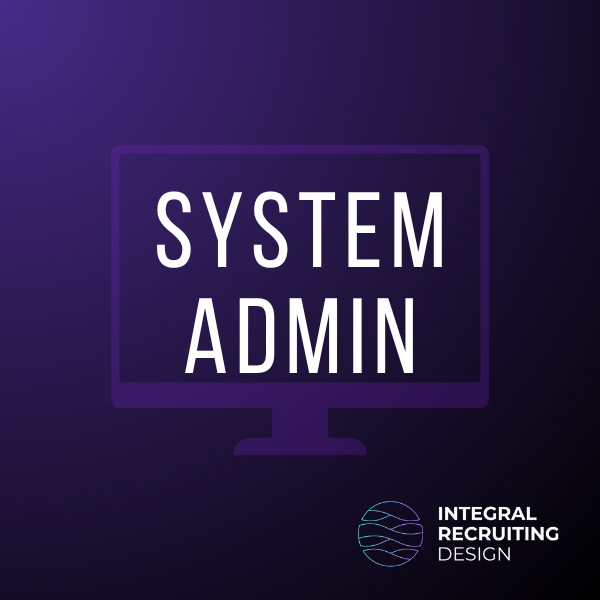Rethinking Internal Mobility: A Conversation on Elevating the Internal Candidate Experience
Internal mobility isn’t just part of your workforce, it’s the future of it. Organizations spend millions on attracting new talent while their best potential hires sit right under their noses, unseen and unsupported. It’s time we change that narrative and recognize internal mobility as the strategic imperative it truly is.
In many organizations, internal mobility presents a significant challenge, one that’s often overlooked despite the rising costs of external hires and the untapped potential of internal talent. Most systems and strategies remain externally focused, creating a disconnect that deserves urgent attention. How does your organization’s candidate experience for internal candidates measure up to your external candidate experience?
The Missed Opportunity of Internal Talent
We’ve conducted extensive research on internal mobility tools, and one thing is clear: while the market is crowded with well-known platforms focused on the external candidate experience, solutions designed for internal candidates do exist, but they are far less visible. (Most talent teams struggle to name even one. That’s why we compiled a comparison specifically for iCIMS customers, to shed light on the available tools and help employers make informed choices. Explore the full comparison.)
But this is more than just a tooling problem. It is a strategic blind spot. Internal candidates are often left unsupported or, worse, treated like outsiders in their own organizations. In sectors like healthcare, where up to 65 percent of a company’s operating budget goes toward labor, failing to invest in internal talent mobility is not just inefficient. It is expensive.
Why Internal Mobility Matters
Of all the retention strategies available to organizations, internal mobility has the greatest potential to drive retention and reduce burnout. People want to stay. They just need visibility, support, and a path forward. Despite the stereotype that today’s workforce is commitment-phobic, many employees still crave stability and purpose. They just don’t see how to grow where they are.
The reality is that looking for a job is horrific. If a workplace is even tolerably good, most people would rather stay if they feel they have a future there.
The Challenge: Who Owns the Internal Candidate Experience?
One of the most critical insights is the fragmented ownership of internal mobility. When we ask “Who owns internal candidates?” the answer is usually unclear. Talent Acquisition is incentivized to focus on external hires. HR handles succession planning. Learning & Development owns skills and growth. Without clear, centralized ownership, internal candidates fall through the cracks, creating a systemic failure that undermines organizational potential.
The solution lies in creating dedicated accountability. Imagine an internal candidate concierge: a recruiter dedicated to internal mobility, not as a side responsibility, but as their entire focus. This person would vet internal applications, advocate for candidates, connect them to learning resources, and ensure they receive feedback even when they’re not selected. It’s a revolutionary approach that reframes recruiters as internal talent brokers.
The AI Advantage: Freeing Recruiters for Internal Focus
Here’s where timing becomes everything. Artificial intelligence and automation are revolutionizing recruiting operations, handling everything from candidate sourcing to interview scheduling. But the real opportunity isn’t in reducing recruiting teams. It’s in redirecting their expertise. As AI takes over transactional tasks, recruiters gain bandwidth to focus on what humans do best: building relationships, understanding aspirations, and nurturing talent.
This creates the perfect moment to deploy recruiting expertise internally. When automation handles the volume work of external hiring, experienced recruiters can become internal mobility specialists. These are people who truly understand your culture, know your talent, and can spot internal potential that algorithms might miss. Instead of laying off recruiters, let’s redeploy them where they can create the most strategic value.
Culture Is the Gatekeeper
Systems and staffing alone can’t solve everything. Cultural barriers often prevent employees from expressing interest in other roles for fear of retaliation or judgment. Do your HR policies align with the strategic importance of retaining internal talent? Some organizations require notification to current managers before internal applications, but is your management aligned with supporting talent mobility, providing trust, guidance, and development?
Creating a culture that celebrates internal growth starts at the top. Performance reviews should include conversations about future opportunities. Internal exploration should be encouraged, not punished. A great majority of people leave when they don’t see a path forward, and the data confirms this: 63% of employees leave jobs due to lack of advancement opportunities.
What’s Next?
Internal mobility is not a luxury. It’s a strategic imperative. Let’s stop laying off recruiters and start redeploying them as talent concierges. Let’s give our employees visibility, feedback, and a future. Let’s build systems that recognize and reward internal ambition.
The time has come to recognize that our internal candidates aren’t just filling seats. They’re the architects of our organizational future.




